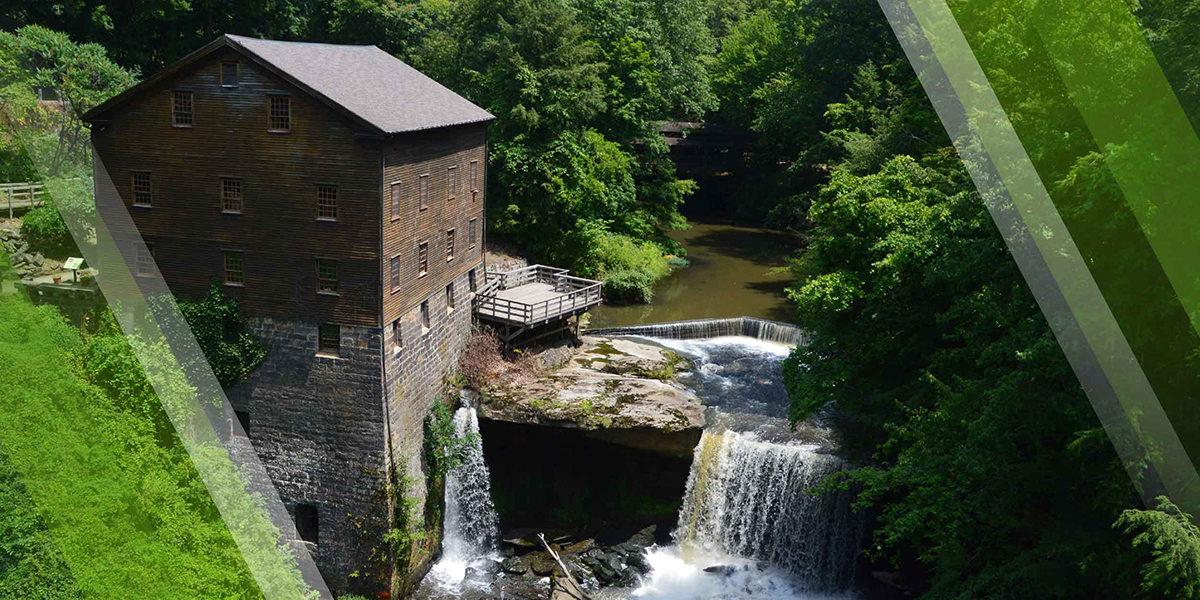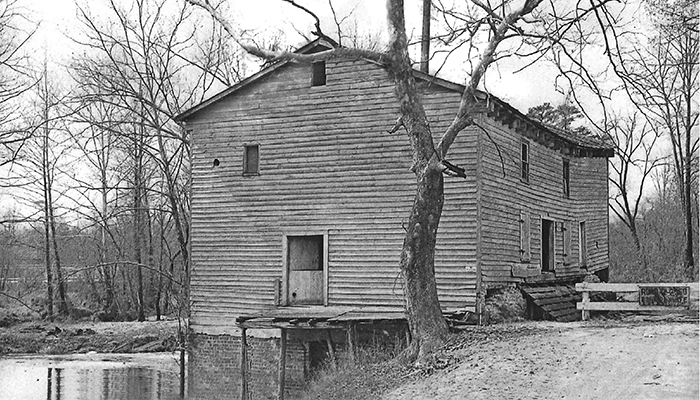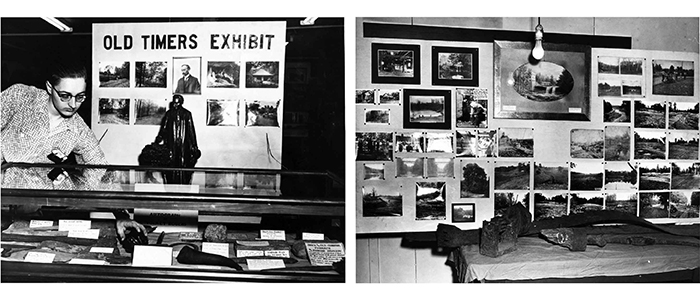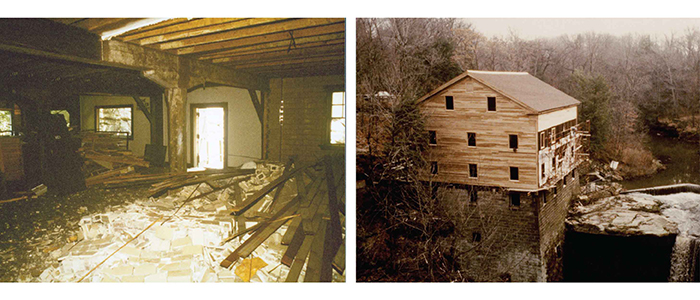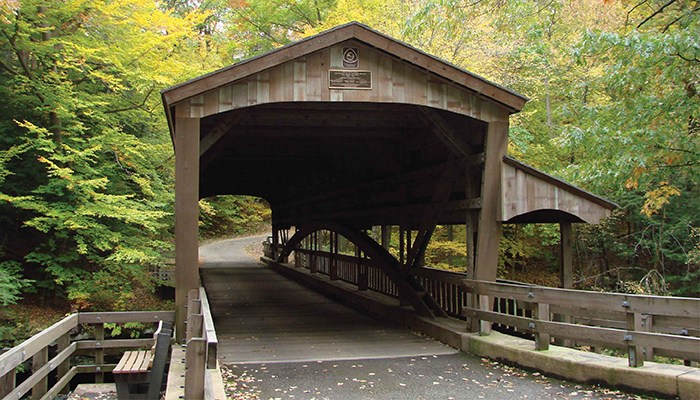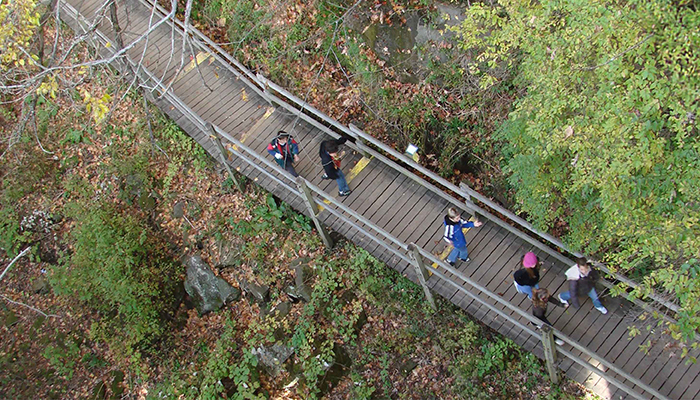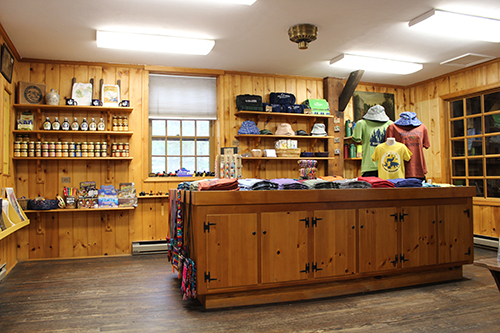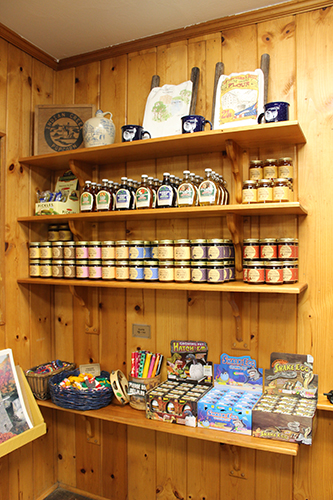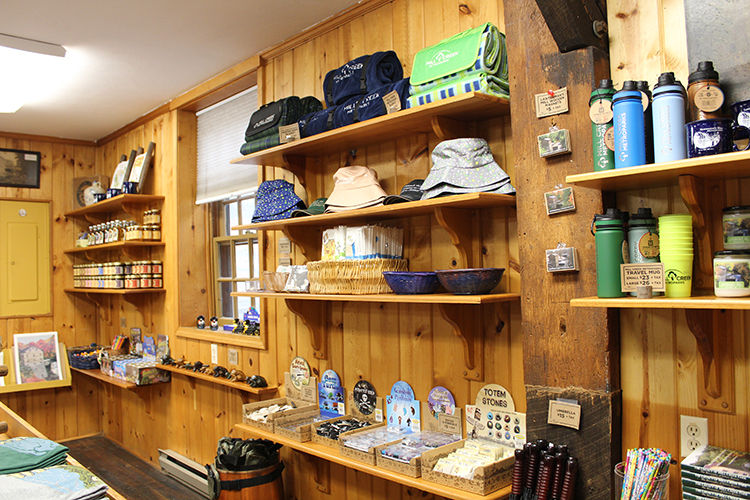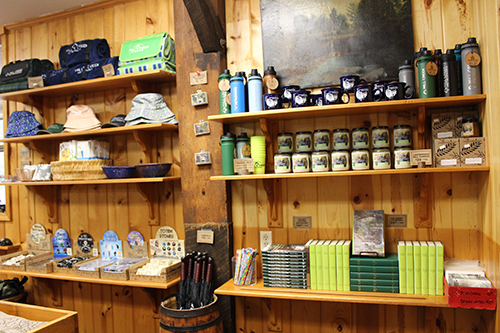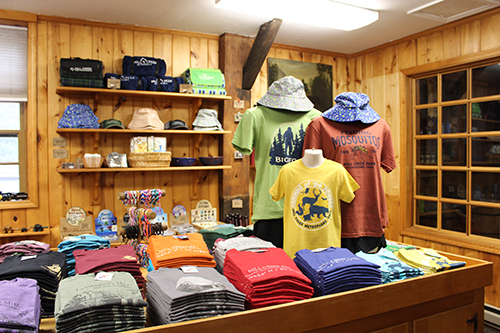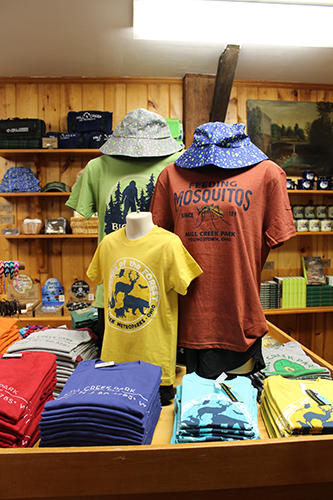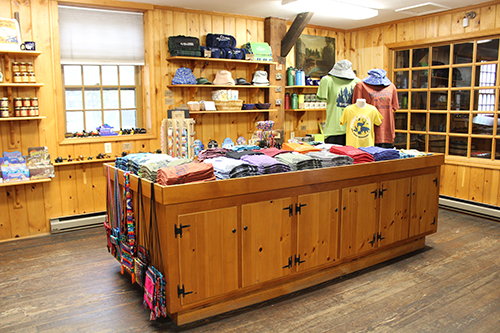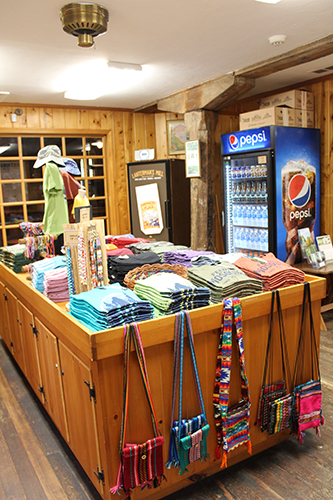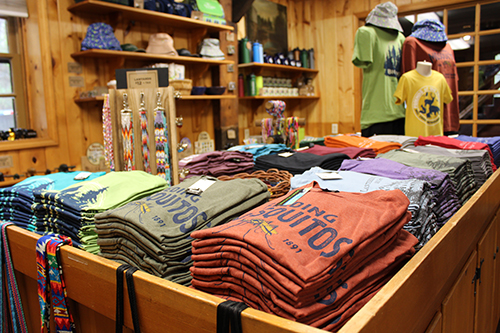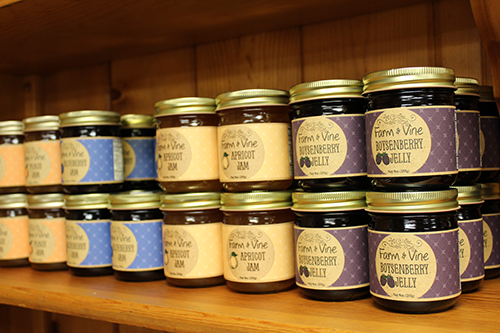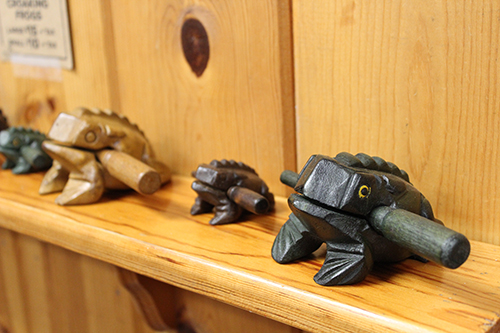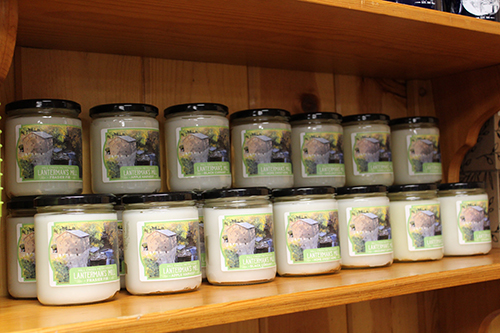LANTERMAN’S MILL
Address & Phone
Lanterman’s Mill
1001 Canfield Rd. (SR 62)
Youngstown, OH 44511
GPS Coordinates:
41.066806, -80.682140
330.740.7115
Hours & Pricing
Seasonal Hours
May through October
Tuesday – Sunday, 10 AM – 5 PM
Closed Mondays & Observed Holidays
Observed Holidays: Memorial Day, Juneteenth, Independence Day, Labor Day, & Columbus Day
Admission
Children under 6: Free
Students 6 – 18 (including college students with ID): $2.00
Seniors 60+: $2.00
Adult Mahoning County Resident: $3.00
Adult Non-Resident: $4.00
Informational Tour: $3.00+ admission
For handicap parking accommodations, please call 330.740.7115
Visitor Guides & Maps
View the Mill Creek MetroParks
Visitor Guides & Maps
Get the Mobile App
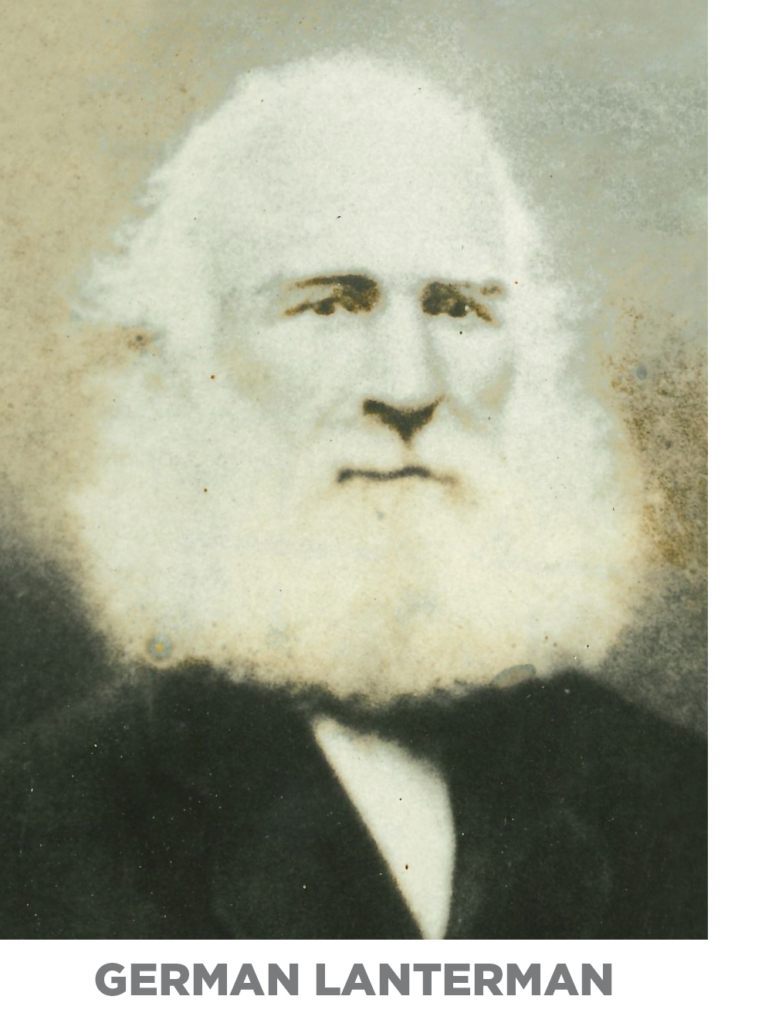 Lanterman’s Mill, one of Mahoning County’s most iconic historical landmarks, was constructed in 1845-46 by German Lanterman and Samuel Kimberly. After being restored between 1982 and 1985, thanks to a generous donation from the Ward and Florence Beecher Foundations, this treasured site continues to showcase the pioneering industries once thriving along Mill Creek. The mill still operates as it did in the 1800s, grinding corn, wheat, and buckwheat.
Lanterman’s Mill, one of Mahoning County’s most iconic historical landmarks, was constructed in 1845-46 by German Lanterman and Samuel Kimberly. After being restored between 1982 and 1985, thanks to a generous donation from the Ward and Florence Beecher Foundations, this treasured site continues to showcase the pioneering industries once thriving along Mill Creek. The mill still operates as it did in the 1800s, grinding corn, wheat, and buckwheat.Step back in time when you visit Lanterman’s Mill. Experience the ingenuity of early meal and flour production, inhale the delightful aroma of freshly ground grains, and feel the vibrations of the massive millstones as they grind. While you’re there, be sure to check out the gift shop, offering unique Mill Creek MetroParks merchandise, nature-inspired jewelry, eco-friendly gifts, candles, drinkware, and more. You can also purchase our preservative-free, stone-ground cornmeal, buckwheat, and whole wheat flour. Snacks and beverages are available for purchase as well. For more information, call 330.740.7115. Be sure to download our brochure, which includes tasty recipes using Lanterman’s Mill products.
THE HISTORY OF LANTERMAN’S MILL
At the end of the 18th century the land surrounding a beautiful, natural waterfall, now known as Lanterman’s Falls, belonged to John Young, founder of Youngstown. In August 1797 Young’s surveyors, Isaac Powers and Phineas Hill, set out to explore the then unnamed Mill Creek.
Coming upon the Falls, the two men immediately recognized the potential of the site for a mill. Hill offered to purchase the 300 acres surrounding the Falls. Young stipulated, as a condition of the sale, that Hill must build a saw and gristmill on the site within eighteen months of the purchase. Hill agreed and contracted with fellow explorer Isaac Powers to construct the mill.
The first mill was built of logs from the site. Millstones were cut from granite boulders found in the area of what is now Fifth Avenue at Rayen Avenue. This mill operated from 1799 to 1822.
In 1823 the original mill was replaced by a second mill. Built by Eli Baldwin, this frame structure served only as a gristmill. Baldwin’s mill operated until 1843 when a flood washed it away. A grinding stone from this mill can still be seen resting in the creekbed 500 feet downstream of the Falls.
The current frame structure was built in 1845-46 by German Lanterman and his brother-in-law Samuel Kimberly. German and his wife Sally Ann owned a large tract of land around the Falls. Lanterman’s Mill was the third mill constructed at the Falls and was used solely as a gristmill. It is believed that this mill was originally powered by an overshot wheel, the type presently being used, but was later converted to turbines prior to its closing in 1888. Lanterman’s Mill was a highly successful operation, utilizing three sets of grinding stones. Historians speculate that its downfall was due to the advent of roller mills which were much more efficient and less costly to run.
After closing, the Mill stood in a state of disrepair until purchased by the Park in 1892. As an early Park facility, the building held a ballroom, a concession stand, and bathhouse for swimmers. Swimming continued in the Pool of Shadows until 1917. The upper floors were used for boat storage during the winter.
In 1933 the first floor was converted into a nature museum, then into the Park’s historical museum in 1972. Lanterman’s Mill was entered in the National Register of Historic Places by the United States Department of the Interior in 1976.
During the years that the Mill served as a nature museum, generations of area residents spent countless hours viewing the hundreds of mounted birds, mammals, and other natural history exhibits. Thousands of civic and school groups toured the Mill, while captivated Park visitors made it the subject of poems, songs, photographs, and paintings.
The renovation of Lanterman’s Mill was no small feat. Many obstacles had to be overcome during the costly and painstaking renovation which began in 1982.
Historical records and original blueprints depicting the operation of Lanterman’s Mill were nonexistent. An archeological dig was organized by Dr. John White, professor of anthropology at Youngstown State University, yielding valuable artifacts and the location of the original raceway, proving the existence of an earlier water wheel.
As research continued, the Park searched for an expert gristmill renovator to tackle the complicated project. Lorin Cameron and his sons from Damascus, Ohio, were commissioned after the Park learned of their superior restorations of Gaston’s Mill in Beaver Creek State Park and Garretts Mill in Garrettsville, Ohio.
With research and expert talents in hand the Park now only lacked funding for the project. The Florence and Ward Beecher Foundations made the restoration a reality with a $600,000 grant to the Mill Creek Park Foundation. The work could now begin.
Work commenced in the Camerons’ Damascus workshop. Although much of the needed antique machinery was purchased, the Camerons had to craft by hand many of the fittings, elevator shafts, and housings–not to mention the massive four-ton water wheel.
While the Camerons worked on the machinery, the mill underwent a complete structural facelift. Footers and beams were replaced; connections were reinforced; a new roof was installed; and new windows, doors, and siding completed the transformation. Now the Camerons could transport the components of the inner workings to the mill. The wheel, marked piece by piece and disassembled, was rebuilt in its present location.
Exterior improvements included a new observation deck and walkways. An additional course was placed upon the existing log dam, ensuring an adequate supply of water to the Mill. More than a century after its closing, Lanterman’s Mill runs again. Cross the Mill’s threshold, and transport yourself into a bygone era, rich with the remarkable legacy of early settlers.
THE COVERED BRIDGE
Designed after a bridge used by farmers to bring their grain to the mill in the 1800s, the Covered Bridge is one of the scenic highlights of Mill Creek Park. Construction of the Covered Bridge was completed in 1989 and was made possible by donations from The Land and Water Conservation Fund through The Ohio Department of Natural Resources, The Ward and Florence Beecher Foundations, The Youngstown Foundation and The J. Ford Crandall Memorial Foundation.
EAST GORGE WALK & WEST GORGE TRAIL
The nearby East Gorge Walk and West Gorge Trail offer a dramatic peek into the area’s geologic history. Listed in the Mid-America Walking Atlas, the award-winning Gorge Trail is a breathtakingly beautiful two-mile loop along Mill Creek. The trail consists of a boardwalk and is bordered on one side by the stream and on the other side by a massive wall of sandstone.

